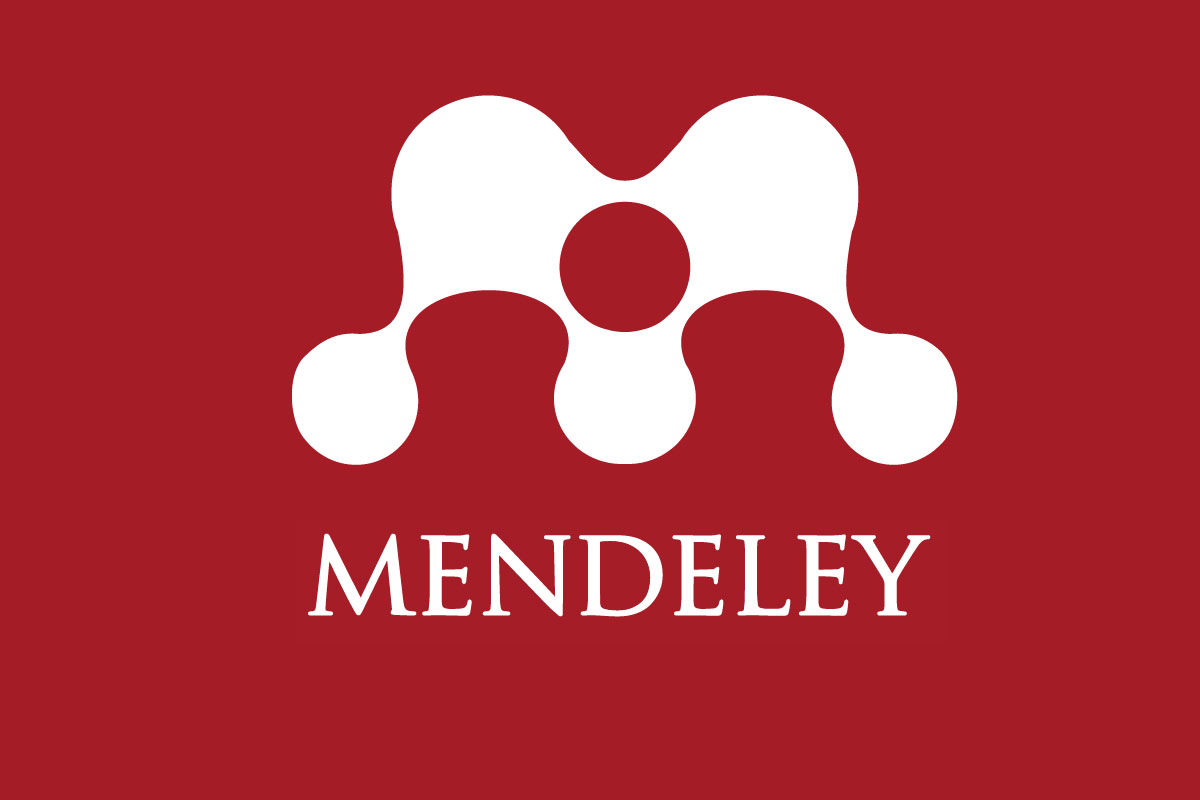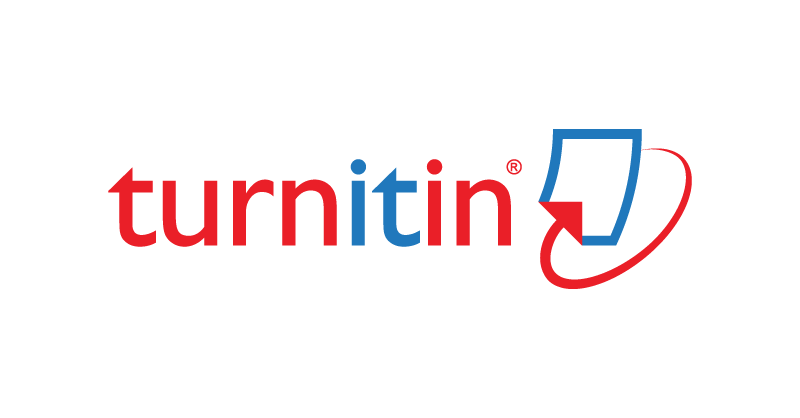Fungal Contamination in Lipid Emulsions of Parenteral Nutrition: A Review
Keywords:
parenteral nutrition, fungal contamination, lipid emulsionsAbstract
Introduction: Lipid emulsions in parenteral nutrition (PN) are commonly associated with fungal infections and an unexplained risk factor for the development of candidemia, which is a major cause of morbidity and mortality in hospitalized patients. Candida species are the most common fungal agents in patients receiving PN. Candida albicans commonly create biofilm on prosthetic materials as they were found on the surfaces of immanent medical catheters. The aim of this review was to evaluate fungal contamination in lipid emulsion of parenteral nutrition. Method: The databases used for this review were Google Scholar, JAMA, PubMed and ScienceDirect library. The inclusion criteria were covering any literature published from December 2006 - Desember 2021. Conclusion: Overall lipid emulsion infusion for longer periods of time can cause fungal contamination. Therefore, the recommended administration for lipid emulsion needs to be replaced within 24 hours after the infusion commencement. However, another study suggested that lipid emulsions did not increase the risk of fungal infection in patients receiving parenteral lipid emulsions.
Downloads
Published
Issue
Section
License
Copyright (c) 2022 Jurnal Indonesia Sehat

This work is licensed under a Creative Commons Attribution-ShareAlike 4.0 International License.








